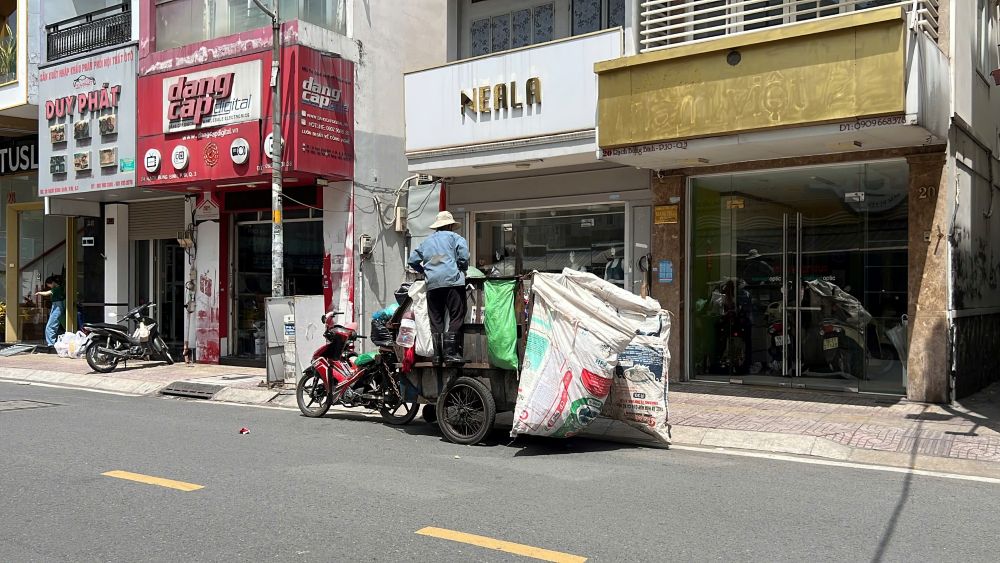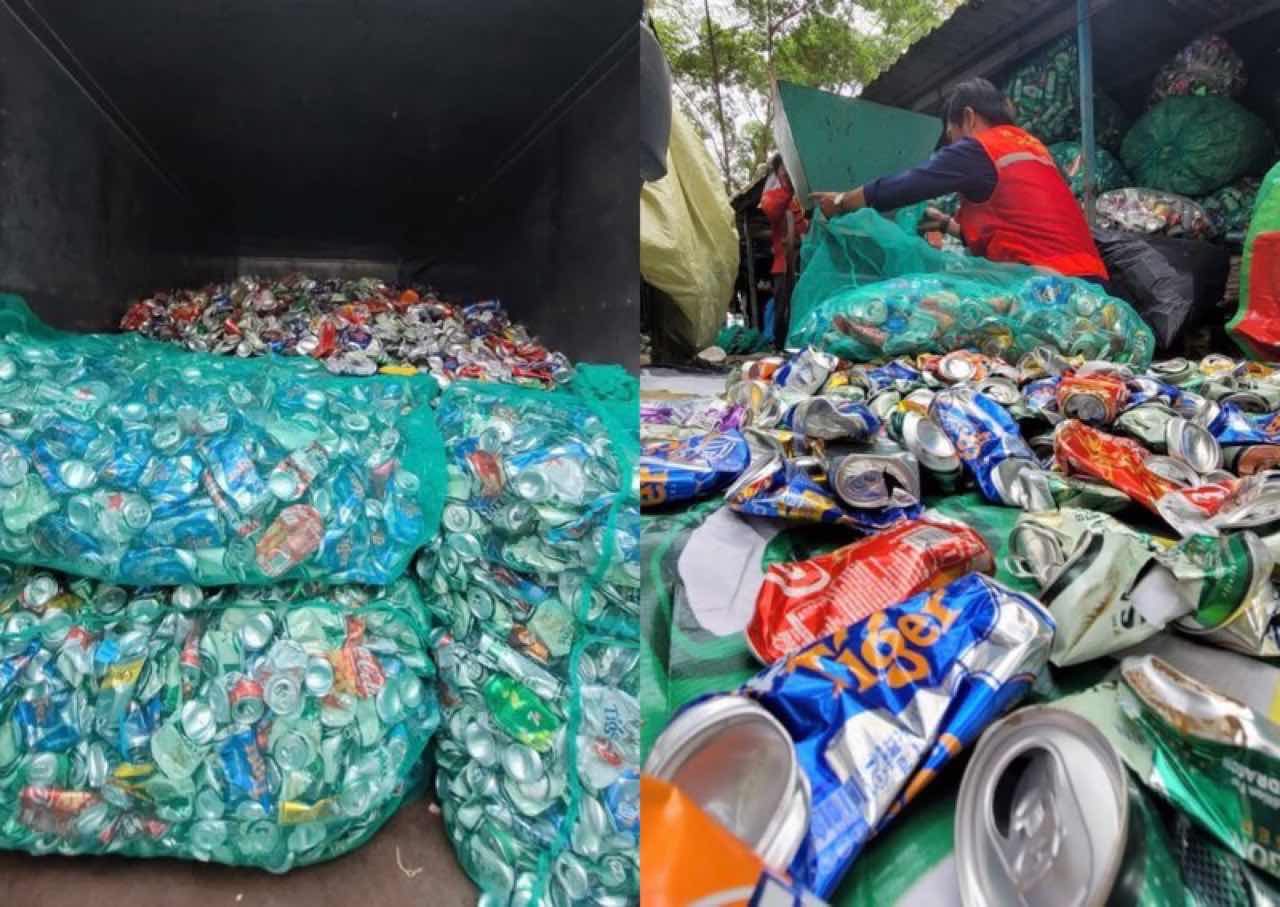Nearly 5 months after the regulation on waste classification at source (PLRTN) and the penalty level took effect, Ho Chi Minh City is still in the propaganda and reminder stage. Although people are more aware, the lack of synchronization from collection units is a major barrier, making waste classification still difficult.

Propaganda is the main thing, punishing is still "inactive"
According to records in Ho Chi Minh City, the work of classifying waste at source still mainly stops at propaganda and reminders. A representative of the People's Committee of Ward 3, Go Vap District said that the unit is still stepping up propaganda and reminding people about waste classification at source, but there is a lack of synchronization from the collection units. This makes people feel helpless and do not see the effectiveness of the classification that they have implemented.
"People also try to classify waste at home, such as plastic bottles, glass, or food, but when bringing the waste to the collection area, the cleaning workers collect everything in one garbage truck. This situation leads to the confusion when people collect garbage after being classified, causing frustration and reducing motivation for people," the ward representative explained.
With the above difficulties, the application of forms of punishment for people for not classifying waste at source has not been implemented. The representative of Ward 3 confirmed: "Regarding the handling of administrative violations in the field of waste classification at source, no cases have been handled yet".
Currently, the ward's work mainly focuses on propaganda and raising awareness for people through channels such as residential groups and residential groups.

To classify waste into practice
Mr. Hoang Lac (residing in District 3), who has lived and worked in Japan for 6 years, shared his experience from this country. The Japanese have a very elaborate regulation on classifying waste, dividing household waste into 8 different types, each type is contained in a separate container.
According to Mr. Lac, Japanese people have to use specialized trash bags sold at supermarkets. After collection, recyclable waste is taken to factories to be used as new production materials. The awareness of waste classification is also educated from primary school, not only theoretically but also directly practiced, thereby forming a sense of environmental protection and respect for resources.
"When I returned to Vietnam to live, I still kept the habit of classifying waste at home. I think that if each person spends a little time classifying waste, it will help reduce the burden of plastic waste in the future," Mr. Lac shared.
The penalty for not classifying waste at source cannot be implemented yet, according to environmental experts, due to the reason that garbage collection units do not have detailed instructions; have not been equipped with classified waste collection tools; have not been disseminated about the frequency and location of classified waste collection; the authorities do not have a monitoring mechanism and a strong enough human resource system to handle it.
Dr. Pham Viet Thuan, Director of the Institute of Natural Resources and Environment Economics, affirmed that the goal of calculating waste money by volume to be applied in the coming time in Ho Chi Minh City is to promote the process of classifying and controlling waste, towards environmental protection.
In the long term, Dr. Thuan suggests: "HCMC should also organize packaging sales according to colors, on even days (Monday, 4, 7 and Tuesday, May 5, 7) for people to collect. On Sunday, there are hazardous wastes such as batteries, oil, lead coal... which are harmful to health".
Experts say that if the Environmental Law and waste classification process are followed correctly, in the future, the amount of daily waste will not increase, even decrease. From there, this policy will become a driving force to help the city effectively solve the waste problem.













